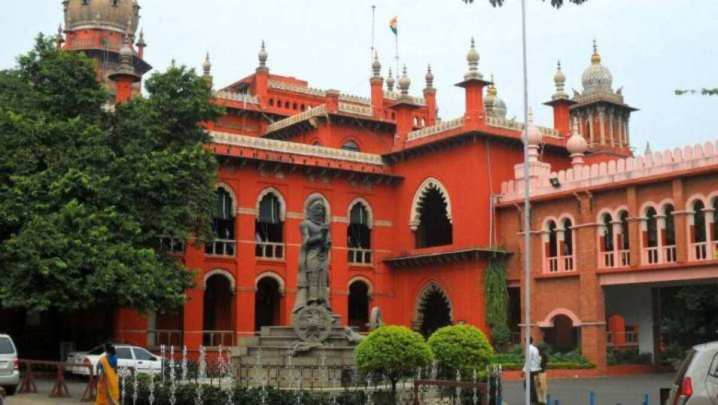December 14, 2023
Decoding Recent Madras High Court Rulings on Pharmaceutical Patents

Introduction:
- Recent judgments from the Madras High Court, as delivered by Justice Senthilkumar Ramamoorthy, have shed light on the complex landscape of pharmaceutical patents in India. These rulings, encompassing cases such as Novozymes vs Assistant Controller of Patents and Hong Kong and Shanghai University vs Assistant Controller of Patents, delve into the nuanced interpretations of exclusions outlined in Sections 3(e) and 3(i) of patent law.
Understanding Key Highlights
Novozymes vs Assistant Controller of Patents:
- In the first case, the court provided critical insights into Section 3(e), clarifying that compositions previously known can still attain patent eligibility if the individual components meet specific patent criteria. This ruling addresses the exclusion of compositions considered as mere aggregations, emphasizing the necessity of meeting stringent patent standards.
Hong Kong and Shanghai University vs Assistant Controller of Patents:
- The second case focused on Section 3(i), which deals with inventions concerning treatments for humans or animals. The court’s analysis shed light on the types of diagnoses excluded under this provision, offering a comprehensive view of the limitations within this domain.
Identifying Key Challenges
Absence of Clear Guidelines:
- One of the significant challenges highlighted by these rulings is the lack of definitive guidelines, leading to ambiguity in interpreting patent exclusions. This absence of clear directives has resulted in varied decisions, necessitating a more structured approach to ensure consistency.
Balancing Interests:
- The court’s deliberations underscore the delicate balancing act required between fostering pharmaceutical innovation, safeguarding public health, and preventing monopolistic practices. Striking this balance presents a formidable challenge for the courts.
Exploring Key Terms and Phrases
Section 3(e) and Section 3(i):
- These sections delineate exclusions related to compositions considered mere aggregations and inventions involving treatments for humans or animals, respectively, offering crucial boundaries within patent law.
Bright-line Rules:
- The concept of clear and specific guidelines assumes paramount importance in the realm of pharmaceutical patents, ensuring uniformity and certainty in decision-making processes.
Extracting Key Quotes and Statements
Call for Bright-Line Rules:
- The emphasis on establishing clear guidelines within pharmaceutical patent adjudication resonates strongly, aiming to bring consistency and certainty into the decision-making framework.
Balancing Competing Interests:
- Recognizing the multi-faceted nature of pharmaceutical patents, the court stresses the imperative of courts considering the interests of all stakeholders, striking a harmonious balance.
Charting the Way Forward
Advocacy for Clearer Directives:
- The article advocates for the formulation of precise and explicit guidelines, simplifying decision-making within the Indian Patent Office and ensuring more consistent outcomes.
Legislative Consideration:
- Suggestions are extended towards legislative considerations, specifically for in vitro processes and potential compulsory licensing, aiming to fill existing gaps in the patent law framework.
Emphasizing Socio-Economic Considerations:
- Lastly, the article underscores the importance of courts factoring socio-economic conditions and public health concerns while interpreting patent law provisions, promoting a holistic approach to decision-making.
Conclusion
- The recent Madras High Court rulings have significantly contributed to demystifying the intricate landscape of pharmaceutical patents, advocating for clearer guidelines, legislative considerations, and a balanced approach. These judgments serve as pivotal markers in the evolution of patent law interpretation, aiming to create a more robust and inclusive framework for the pharmaceutical industry in India.
January 30, 2025
January 20, 2025
January 14, 2025
